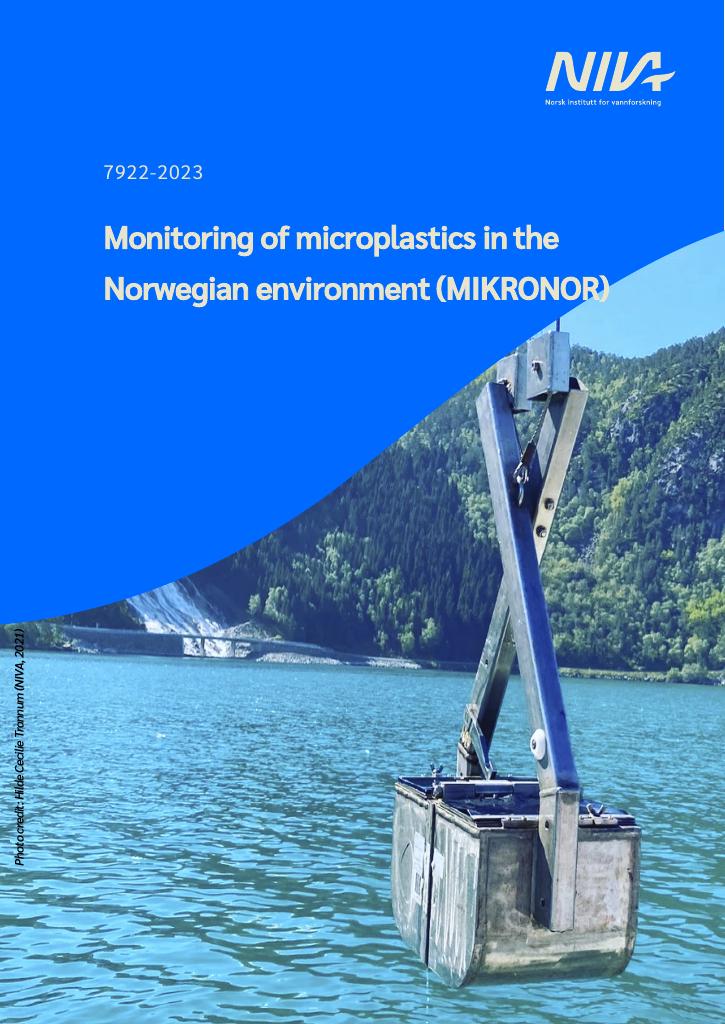Statusrapport
Monitoring of microplastics in the Norwegian environment (MIKRONOR) : M-2624
In 2021 The Norwegian Environment Agency (Miljødirektoratet) assigned the first analyses of microplastics within a national monitoring program “Microplastics in Norwegian coastal areas, rivers, lakes and air (MIKRONOR)” to NIVA. The aim of the program was to build knowledge about the background levels of microplastics in Norwegian environment, as well as identify potential sources and sinks. This is the second annual report, which presents the results from samples of 1) marine and lake/river sediments, biota and water, 2) air and deposition at two sites, including one at Svalbard, and 3) potential sources: urban runoff and effluent of wastewater treatment plants (WWTP) in two cities (Oslo and Hamar). The samples were analysed for microplastics, including tyre wear particles (TWP) from cars. The concentrations of plastic particles (mass of polymers per volume/weight unit) were calculated, using a novel formula for estimating volume of particles from the numerical analysis by spectroscopic (FTIR) analysis. The air samples were analysed for mass concentrations by mass spectrometric analysis. The main findings were the large number and concentrations of particles found in the inner Oslofjord. This included large numbers of microplastic particles resulting in high mass concentrations (µg/g dw) of plastic polymers. Particularly high mass concentrations of TWP were found in the sediments of the inner Oslofjord. TWP were also found at considerably high concentrations in blue mussels from the same area (Akershuskaia). Additionally, the urban runoff samples from both Oslo and Hamar showed high concentrations of TWP. High concentrations of TWP were also found in freshwater sediments near Hamar.
